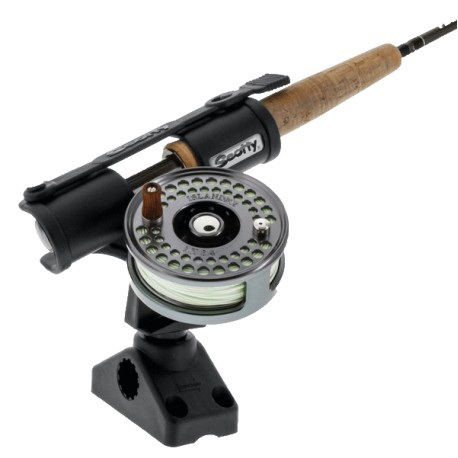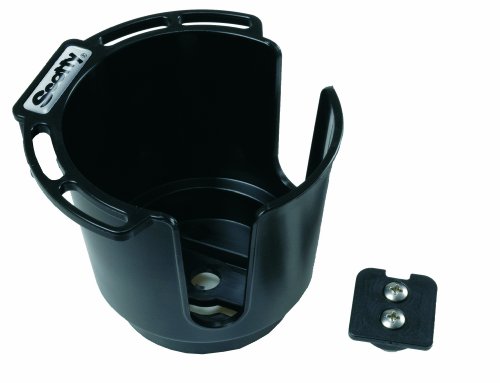Getting the right kayak: Once you do, you are set. For the average guy, it is a process. Not everyone goes out and tries the boats before they buy one. That’s the ideal way to start but isn’t necessary. The average guy gets one, if they don’t like it, they get rid of it and get another one.
The following are ideas to make the experience better. Ideas that I have come up with being “kayak only” the last 25 years. No question, no one on Earth has sat in a plastic boat more than I have during that period of time.
Considerations:
Weight and a kayak: 260 puts you into the “big guy” category. All that means is that a shorter boat or certain styles of boat won’t work as well for you. “I’d put it in your mind that you’re going to want to look at “14 feet” or longer (but this isn’t necessarily a rule. One guy I know is about four inches taller than you are and he loves his 12-footer.”
The other thing to consider is how much extra weight you’re taking. If you’re going to narrow your search and you’re trying boats just going and paddling them may be deceiving. The added weight of substantial tackle, a cooler with ice and other things changes the entire thing. There are some that will do better than other because of height and weight.
At $400, you’re going to want to consider a couple of things
1) Wait and save up a little more if you’re going to try to go with a new boat which I would advise if you want to use the kayak a lot and get in the right one
2) Watch for a used model.
At $600 you are into a much better boat. Buying a $300 boat new: You aren’t going to be as happy with it. It is the comfort factor.
Buy new: It could be $1500 to get you in the boat you want. That boat is going to look like a used one in a few months. They hold up good. But a plastic boat gets scuffed and scratched. If it doesn’t, you’re not using it right (or enough).
There are a lot of manufacturers making kayaks for fishing: I’d say a dozen companies making very good fishing kayaks. I use Native boats. The Native Ultimate is my one boat for all time. Every person will have their own personal favorite. The Ultimate has the layout I want and more room to lay things down than any other boat out there. With what was done with this boat, all the other kayak companies had to improve their seats. A framed seat, it “sits up” and is very comfortable.
Several things come to mind in answering your questions. One is that the boats I use will just flat out be more comfortable than any other boat you’ve ever sat in. That’s why I went with them. Height: It can have a bearing on the choice of “the right boat.” Of course, there really isn’t a formula for what boat’s going to work for someone. I have a client who is 6 foot 7 and figured he’d have to be in a longer boat: He got the Native Ultimate 12 and it works great for him. Conversely, I’ve had people who are at or just under 5 feet tall who use a longer boat and that “fit” is perfect for them.
You’ll get a great feel for what you might want to get for yourself after a day on the water. To look at other options, you can go over to Bill Jackson’s or Osprey Bay and they will let you try out different boats.
Choosing a boat, one thing more than anything should drive the decision. Can you lift it? If you can’t manage the boat, you’re not going to use it. Pick a boat that works. People who use pickup trucks have a wider choice of what boat to get. Anyone “cartopping” for moving their kayak around HAS to be able to get the boat up there. My boats: Light enough. I cartop on a minivan. The beauty of the Ultimate: The layout, you can grab the boat anywhere. A standard kayak, you have handles at each end and often handles on each side in the middle. Consider this before you buy.
How you dress can help. “Shirts with pockets” are way underrated. The two top pockets on my shirts have eliminated the use of an entire dry bag. Your system, you need to have a place for everything. Might I suggest, get shirts like I use and in one pocket: Your phone. In the other: Your wallet. Or whatever. My point is, the right shirt eliminates finding another place for important things.
Rigging. You mentioned the rod holder. That’s something that you will see from the placement of my components, you can figure out where you would want to place it on your own boat. The goal: Keep your reels high and dry.

Rigging choices are much your own. I have my way. You will have yours. The crate: A good choice. Rod holders, a good option. The anchor trolley, exceptional if you do anchor. Cleats, possible instead of an anchor trolley. Cup holders. A wade line. The anchor trolley can be set up with a clip and your anchor trolley rope is your wade rope for exiting the kayak and having the kayak float along with you.
The anchor trolley for positioning. Most people will want that on your kayak when they get one. There are positioning tips I’ll give you with different paddle thrusts and knowing the wind and current direction that will help you get on, and stay on the fish. You already know how to use the live baits and that’s always a “backup” for you. I give you instruction on the lures and from a kayak that will eliminate a lot of your live bait needs. You can always use it as that “backup” plan that I mentioned but if you know how to work the lures it saves you having to catch bait, keep it alive, transport it etc. Kayak anglers usually change over to using lures instead of bait. Installing it on your own is easy. You want to get pad eyes, a stainless steel ring, the rope, a pulley and a piece of bungee. The bungee is a tensioner that keeps your trolley functioning properly. The pulley is what allows the rope to slide easily.
Having a fillet knife with you will allow you to use a ladyfish, pinfish or lizardfish for a cut bait offering if you can’t get the redfish to eat a lure. Having a knife: If you anchor in the wrong place, the anchor, hung on rocks not a big deal unless there is heavy current. Heavy current could make this a dangerous situation. Cut the rope and buy another $15 anchor. Don’t risk your life.
Yak Attack is the number one accessory company. Also up there, and also a Captain Mel Classic sponsor: Scotty. Scotty has great products. They are well known for their rod holders but they do other things along the lines of cup holders and other accessories.

If motorization is your thing and you need assistance, B and C Power Yaks in Palm Harbor. Ask for Bob.
Protection of your paddle while out on the water: An accessory, the paddle clip. Leashes are also an option. The clips attach to the boat and you don’t have to deal with the rope compared to the leash.
If you have a trailer hitch, the bed extender could be a great purchase. It extends the strapdown point at the back of your vehicle.
They make sunshades and canopies. Something I would never use, it is an option.
Do it the way I do it and enjoy life. Get a kayak: Set it up how you want it and enjoy using it to have success outings on the water.
Neil Taylor, Strike Three Kayak Fishing
Capmel.com
Livelybaits@aol.com
- The Neil Blog… - July 26, 2023
- The Catfish - July 26, 2023
- update - July 22, 2023











